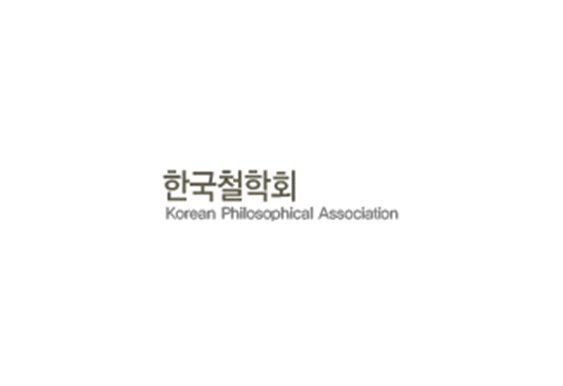“객체를 향한 자유(Freiheit zum Objekt)” – 아도르노의 자유론과 실천의 문제
“Freedom towards the object” – the problem of freedom and praxis by Adorno
정진범
강릉원주대학교
철학
2024, vol., no.158, pp. 117-148 (32 pages)
10.18694/KJP.2024.2.158.117
한국철학회
초록
이 논문은 “객체를 향한 자유”로 요약되는 아도르노의 자유론을 미적 자유론으로 해석하면서 이 자유의 실천철학적 함의를 밝히고자 한다. 아도르노가 말하는 자유는 미적 참여이며, 미적 참여는 인간의 근원적 자발성으로서 미학적-인간학적 충동에 의해 가능하다. 이때 충동은 인간과 타자의 근원적 연관성, 타자 의존성을 보여주는 개념이다. 이러한 해석으로부터 다음의 주장들이 귀결된다. 첫째, 미적 자유와 실천 사이에는 해소되지 않는 긴장 관계가 있다. 이는 미적 차원을 형성하는 힘인 충동의 통제 불가능성 때문이다. 둘째, 그런 긴장에도 불구하고 미적 자유의 차원은 실천에 구성적이다. 인간의 타자 의존성을 담지하는 이 차원이 없다면 실천은 오도된다. 셋째, 아도르노의 미적 자유론은 지배 비판이다. 실천에서 미적 차원의 불가결성은 근대의 이성 중심적 자유론이 함축하는 지배적-주권적 주체상에 대한 아도르노의 반박을 함축하기 때문이다.
This study interprets Adorno’s theory of freedom, which is titled “freedom towards the object,” as a theory of aesthetic freedom and explores the practical philosophical implications of this freedom. For Adorno, freedom is aesthetic engagement, and aesthetic engagement is a fundamental spontaneity of human being, made possible by the aesthetic-anthropological impulse. Here, impulse is the concept of the fundamental connection between human being and the other, of his dependence on the other. From this interpretation, the following arguments derive: first, there is an unresolved tension between aesthetic freedom and praxis. This is due to the uncontrollability of impulse, the force that shapes the aesthetic dimension. Second, despite this tension, the dimension of aesthetic freedom is constitutive of practice. Without this dimension, which contains the human dependence on the other, practice would be misleading. Third, Adorno’s theory of aesthetic Freedom is a critique of domination. The indispensability of the aesthetic dimension in practice reflects Adorno’s critiques of the dominant and sovereign subject implied by modern rationalistic theories of freedom.

